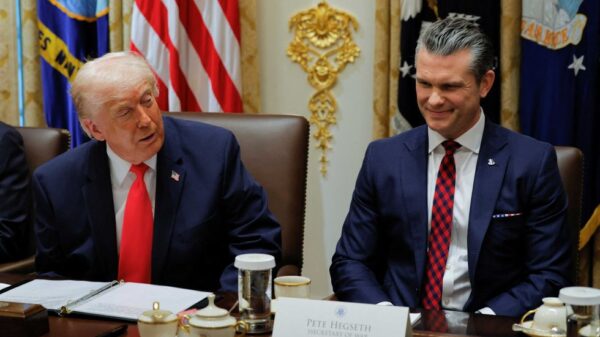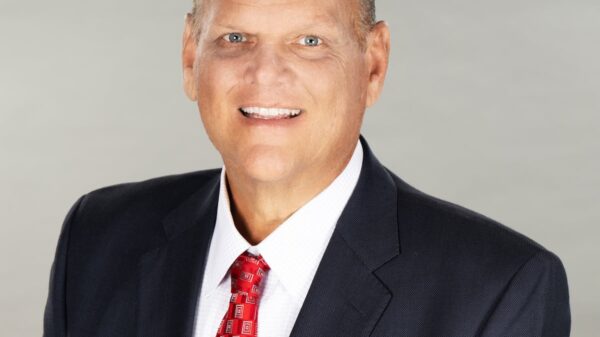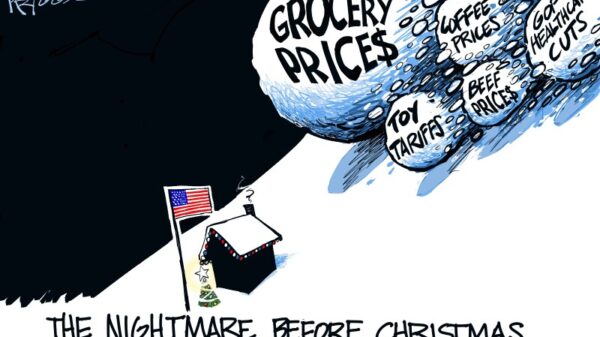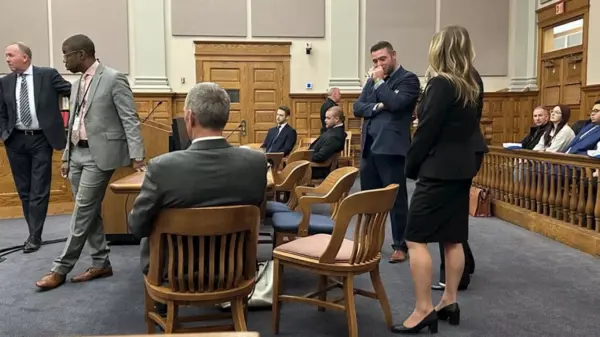Donald Trump has made headlines by initiating the dismissal of Federal Reserve Governor Lisa Cook, claiming a “for cause” breach linked to an alleged mortgage infraction. This move has sparked debates surrounding the president’s authority over the Federal Reserve, which has traditionally maintained a degree of independence from executive oversight.
The independence of the Federal Reserve has been a contentious topic, rooted in its unique constitutional status. It operates without the same constraints as other executive branch agencies. Advocates for this independence argue that it is essential for promoting monetary stability. Critics, however, point to the potential overreach of executive power, particularly in light of recent judicial interpretations of the Constitution.
Cook, who has responded to her dismissal by filing a lawsuit to retain her position, argues that she cannot be removed without valid cause. The term “cause” in this context can encompass a range of interpretations, including insubordination or policy disagreements with the president. Meanwhile, Federal Reserve Chairman Jerome Powell has suggested that his position is also insulated from dismissal, despite the lack of statutory language explicitly preventing his removal.
A historical perspective on this issue reveals a complicated landscape. In 2020, the Supreme Court ruled against the Consumer Financial Protection Bureau’s insulation from presidential removal, affirming the president’s authority to dismiss officials overseeing executive functions. Legal scholars note that Article II of the Constitution, while not explicitly stating the president’s power to fire executive branch officials, implies this authority. Founding figures like James Madison and Alexander Hamilton recognized the necessity of such power for effective governance.
The ruling in the CFPB case has raised questions about the precedent set by earlier decisions, such as Humphrey’s Executor, which had restricted the president’s removal powers. In a concurrence regarding the CFPB, Justice Clarence Thomas highlighted the need for accountability within independent agencies, stating that the existing legal framework surrounding them was insufficient to justify their extensive executive powers.
As the Federal Reserve continues to navigate its regulatory responsibilities, the legal implications of Trump’s dismissal of Cook may lead to significant changes in how the Fed interacts with the executive branch. The Supreme Court has yet to address the status of the Federal Reserve in its removal power rulings, but legal analysts suggest that the court may be more open to challenges regarding the Fed’s independence in the future.
Without a constitutional amendment explicitly affirming the Federal Reserve’s status, the possibility of integrating its regulatory functions into another executive agency remains on the table. This shift could fundamentally alter the landscape of American monetary policy.
In summary, the ongoing legal battle surrounding Lisa Cook and her dismissal by Donald Trump underscores the complex relationship between the Federal Reserve and presidential authority. The outcome of this case could set a significant precedent for the future of independent agencies in the United States. As developments unfold, Cook may soon find herself reassessing her career options.






































































